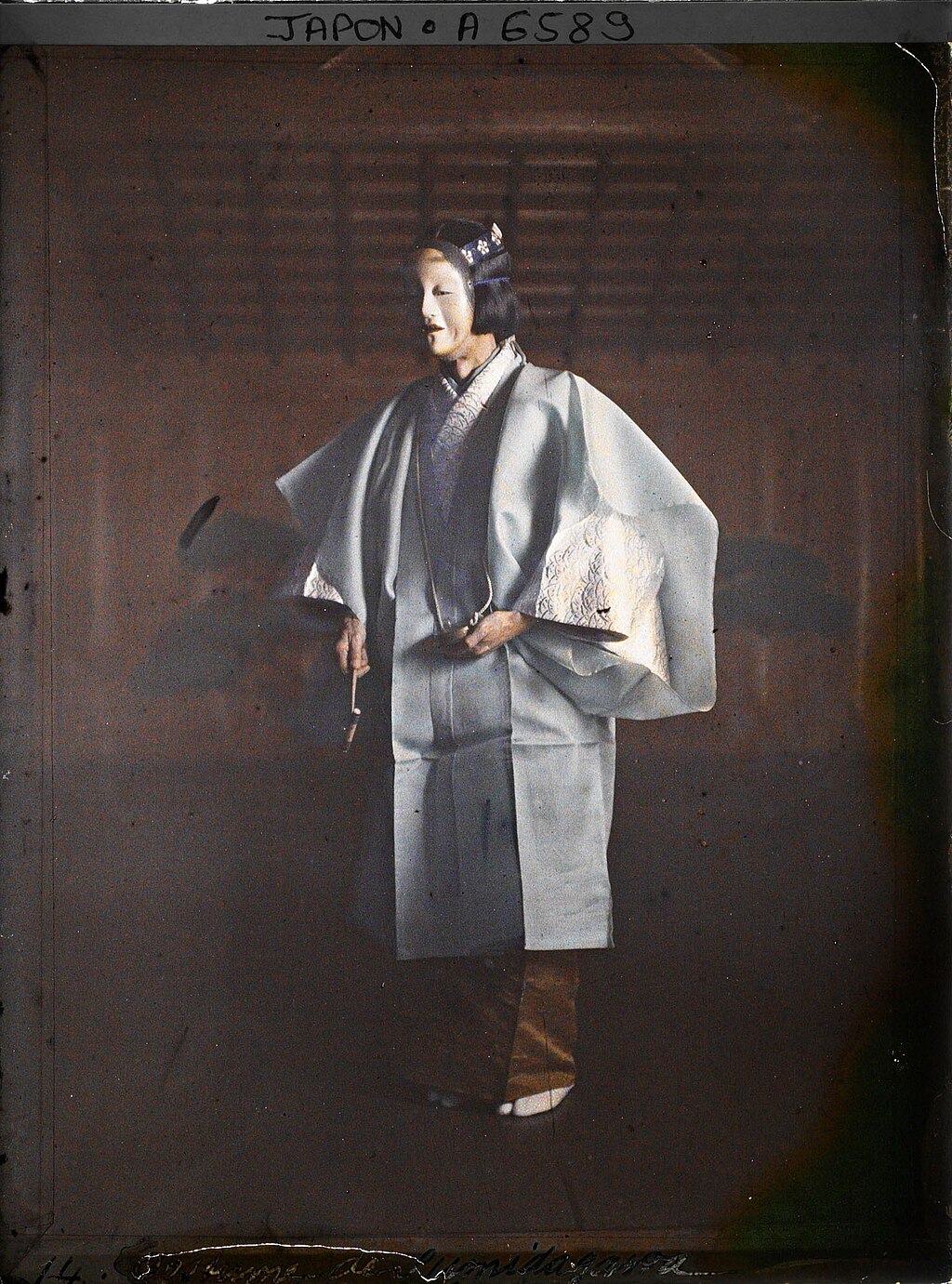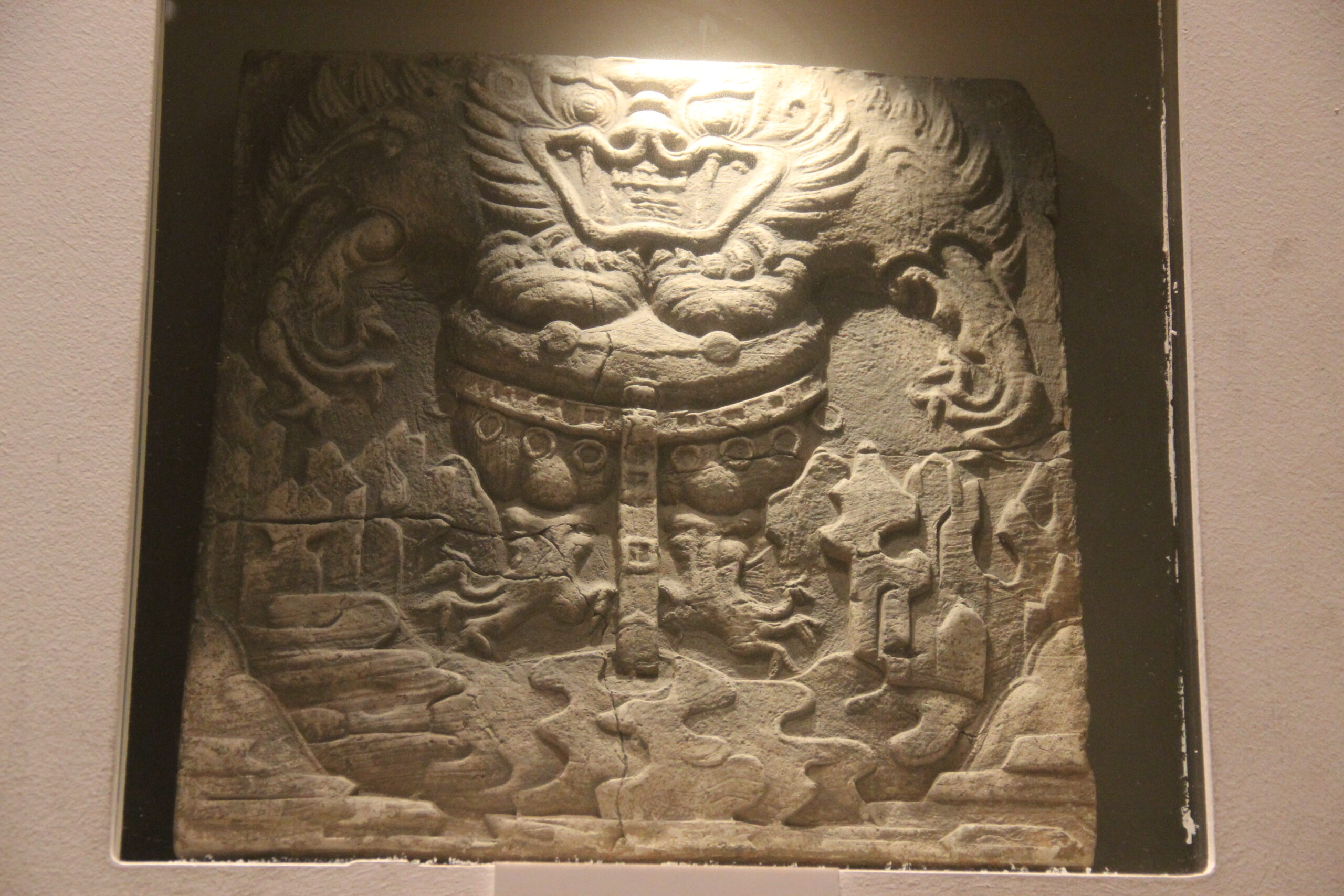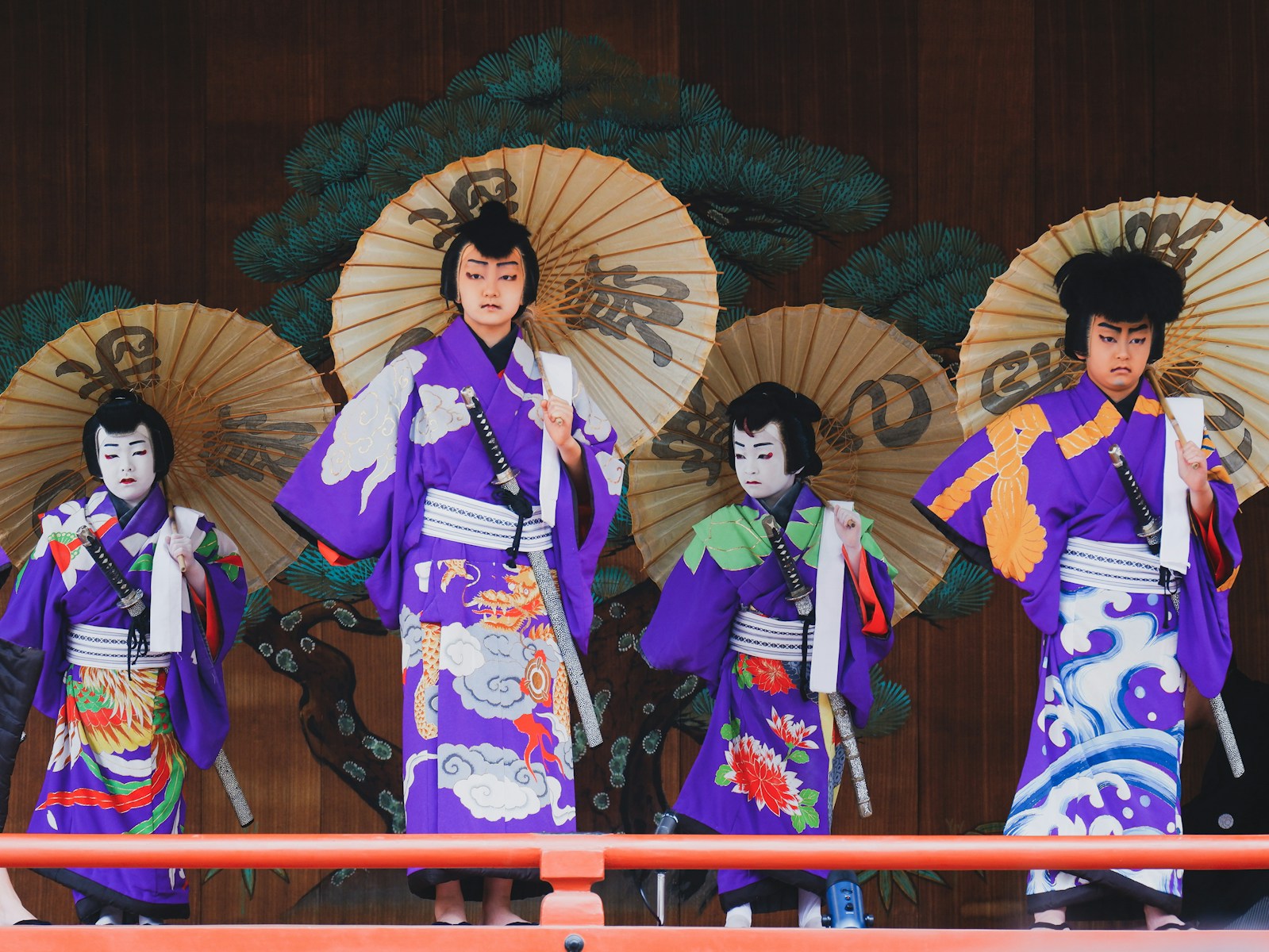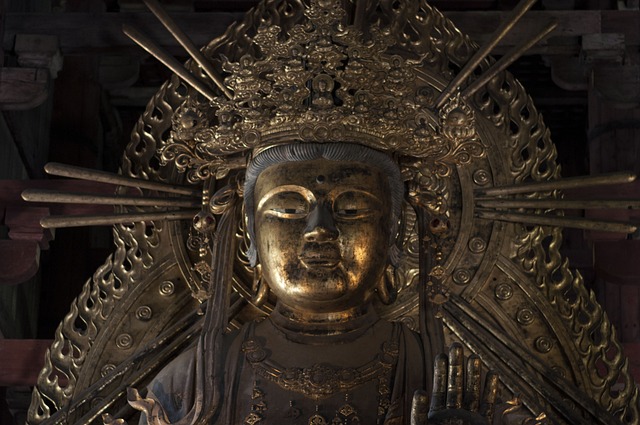Noh, a form of classical Japanese musical drama, is notable for its distinct vocal techniques, which are integral to both its aesthetic and emotional impact. The singing style, called utai, is a crucial element in conveying the narrative, emotions, and symbolic dimensions of the performance. My essay explores the specifics of Noh singing technique, as well as the physiological, psychological, and neurological effects it has on both performers and listeners.
Vocal Technique in Noh (Utai)
Noh singing employs a unique vocal technique characterized by sustained, resonant, and often monotone chanting. Unlike Western operatic or contemporary pop singing, where dynamic range, vibrato, and melodic shifts are central, Noh emphasizes controlled breath and pitch stability. The voice is not so much a medium for personal expression but rather an instrument for creating a sense of stillness, otherworldliness, and timelessness.
Noh singers use the hara (lower abdomen) as the core source of power for sound production. Breath is drawn deeply and exhaled in a controlled manner to maintain long, sustained notes that often hover on a single pitch. This requires intense muscular engagement, particularly of the diaphragm and the muscles surrounding the rib cage. The vocal lines rarely exhibit dramatic leaps in melody or rhythm, staying close to a chant-like form, which contributes to the trance-like atmosphere of the performance.
Physiological Effects on Performers
For Noh singers, this technique demands physical discipline. Controlled breathing, which powers the voice, involves the diaphragm and the intercostal muscles working together to manage airflow, requiring rigorous training. The long, sustained phrases challenge breath capacity and control, potentially enhancing lung function over time. This deep diaphragmatic breathing has been shown to reduce heart rate, decrease blood pressure, and engage the parasympathetic nervous system, inducing a state of calm and focus.
Furthermore, the posture required for Noh singing—upright, with the chest open and the head slightly tilted downward—allows for optimal sound resonance and lung expansion. This posture not only facilitates vocal projection but also supports physical endurance, as Noh performances can last for several hours. Mastery of the Noh singing technique thus demands physical conditioning that affects the entire body, promoting muscular endurance and coordination.
Psychological and Emotional Impact on Performers
Noh, with its highly stylized form and vocal precision, induces a meditative state for the performers. The singer’s focus on breath and sound creates a sense of detachment from the immediate, physical world, enhancing concentration and mindfulness. This meditative aspect is reinforced by the repetitive, cyclical nature of the singing, which mirrors many forms of traditional chanting used in spiritual practices around the world.
This form of vocalization likely modulates the brain’s limbic system, which governs emotional processing. The slow, deliberate pace of the singing combined with deep breathing encourages a state of heightened self-awareness, while the minimal melodic variation keeps the singer in a continuous flow of concentration. This form of focused, mindful practice may contribute to reduced anxiety and a deepened sense of mental clarity over time.
Neurological Effects on Performers
Noh singing, through its repetitive patterns and deep breathing, may activate specific neural pathways associated with meditation and flow states. Research in neuroaesthetics has shown that rhythmic chanting and deep, controlled breathing can stimulate the prefrontal cortex, improving attention and emotional regulation. Additionally, the rhythmic and melodic elements of Noh singing could synchronize with the brain’s oscillatory activity, particularly in the theta and alpha frequency bands, which are associated with relaxation, meditation, and creative states.
The repetitive nature of Noh singing could also trigger a neural phenomenon called entrainment, where the brain’s electrical activity begins to sync with external rhythmic stimuli. This can lead to a reduction in stress-related activity in the amygdala, the brain’s center for fear and anxiety responses, promoting a state of mental tranquility. Moreover, the involvement of deep diaphragmatic breathing enhances oxygenation of the brain, further supporting cognitive function and emotional regulation.
Effects on the Audience
The experience of listening to Noh singing also carries unique psychological and physiological effects. The slow, deliberate pacing of the music, coupled with its resonant, monotone delivery, creates an immersive atmosphere that encourages introspection. For listeners, this can evoke a meditative or trance-like state, similar to the effects experienced by the performers themselves.
Physiologically, the steady, unhurried rhythm of Noh singing can modulate the listener’s heart rate and breathing patterns, promoting relaxation. Neurologically, sustained exposure to the slow, rhythmic patterns of Noh singing may induce alpha and theta wave activity, similar to that seen during meditation or deep relaxation. This could explain why many listeners report a sense of calm and mental clarity during or after a Noh performance.
Psychologically, the minimalism of the music—its lack of dynamic shifts, its repetitive structures—can lead to a phenomenon known as semantic satiation, where repeated exposure to a stimulus results in a temporary loss of its meaning. In the context of Noh, this can facilitate a dissociative or transcendental experience, where the listener feels detached from ordinary perception, becoming more attuned to the symbolic and spiritual dimensions of the performance.
Cultural and Cognitive Implications
Noh singing operates not just as an artistic or expressive medium but as a cognitive tool for altering states of consciousness. The combination of vocal minimalism, controlled breathing, and ritualized performance works to shift both the performer’s and the listener’s awareness away from everyday concerns and toward a more contemplative, inward-focused state.
From a cognitive standpoint, the reduced melodic variation and sustained tones may help free the brain from the need to process complex auditory information, allowing for greater focus on the emotional and symbolic content of the performance. The brain’s default mode network, which is active during rest and introspection, may be more engaged during these moments, promoting deeper cognitive processing related to memory, self-reflection, and emotional regulation.
My concluding remarks…
Noh singing, with its distinctive technique and its emphasis on breath control, focus, and minimalism, exerts profound effects on both the performers and the audience. Physiologically, it strengthens respiratory muscles and promotes relaxation through deep diaphragmatic breathing. Psychologically, it induces a meditative state, fostering concentration and mindfulness in performers while evoking tranquility and introspection in listeners. Neurologically, the repetitive, rhythmic nature of Noh singing synchronizes with the brain’s oscillatory patterns, supporting states of mental clarity and emotional regulation. Thus, the power of Noh singing lies not only in its artistic value but also in its ability to transform the consciousness of those who engage with it.
Photo by Stéphane Passet, CC0, via Wikimedia Commons





